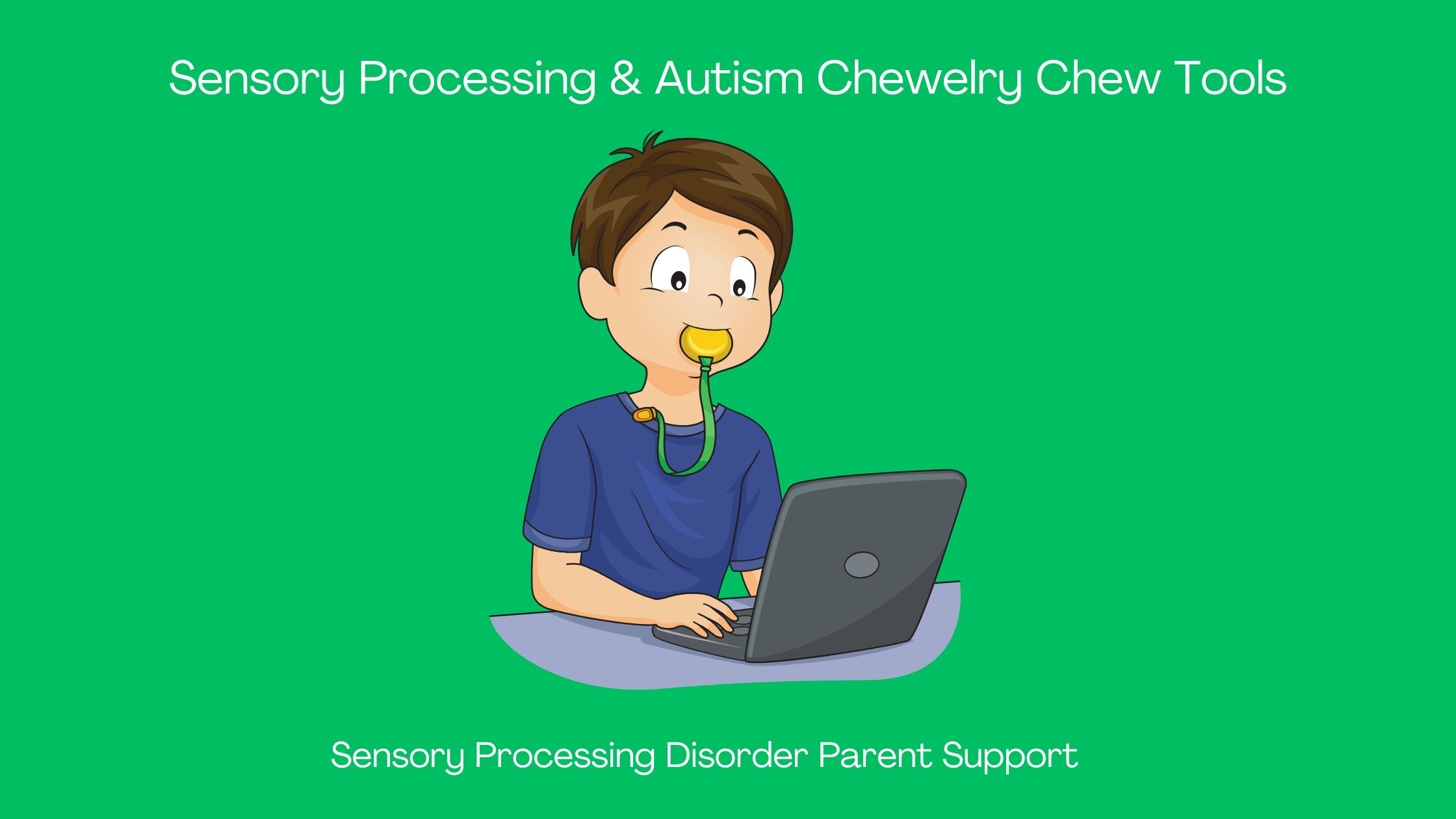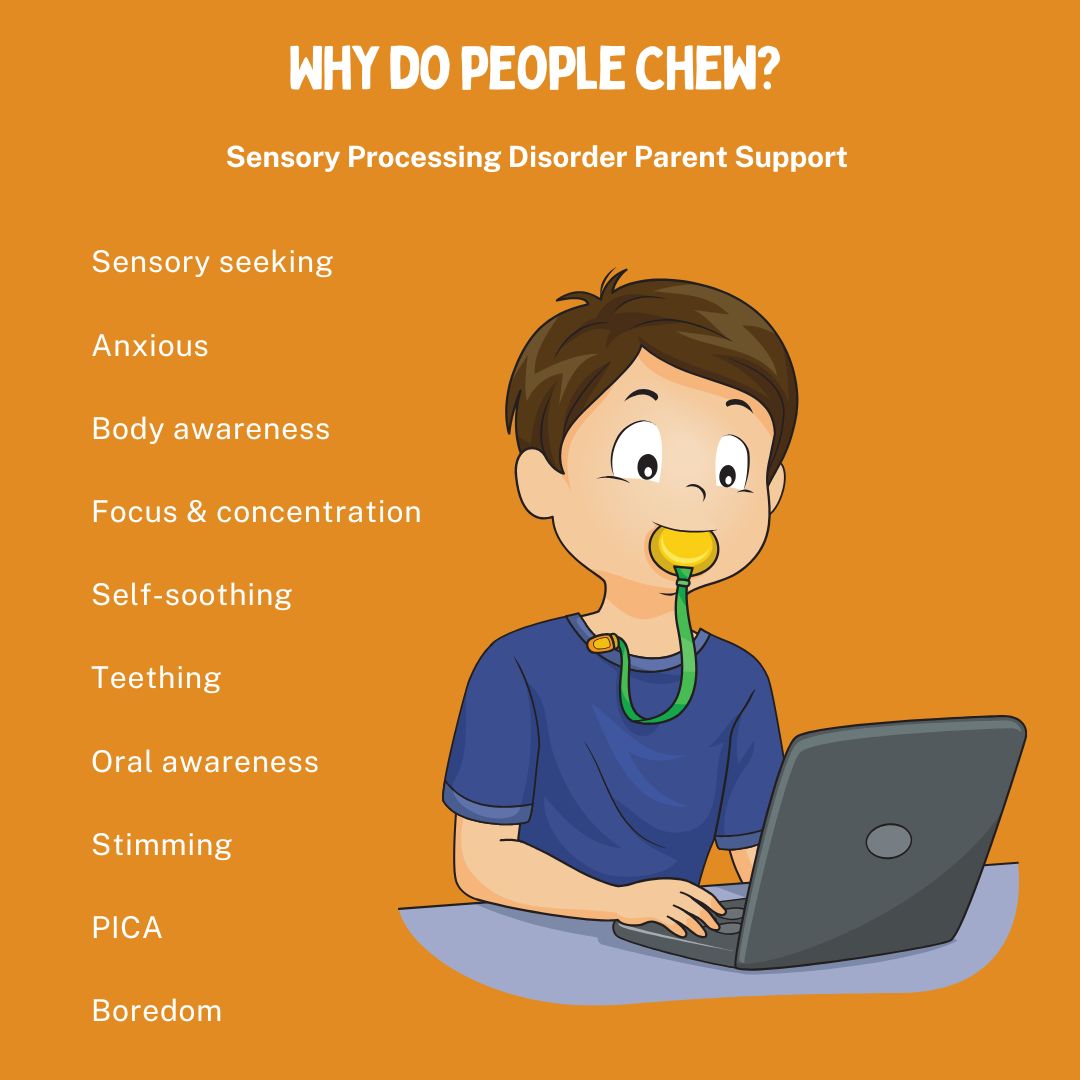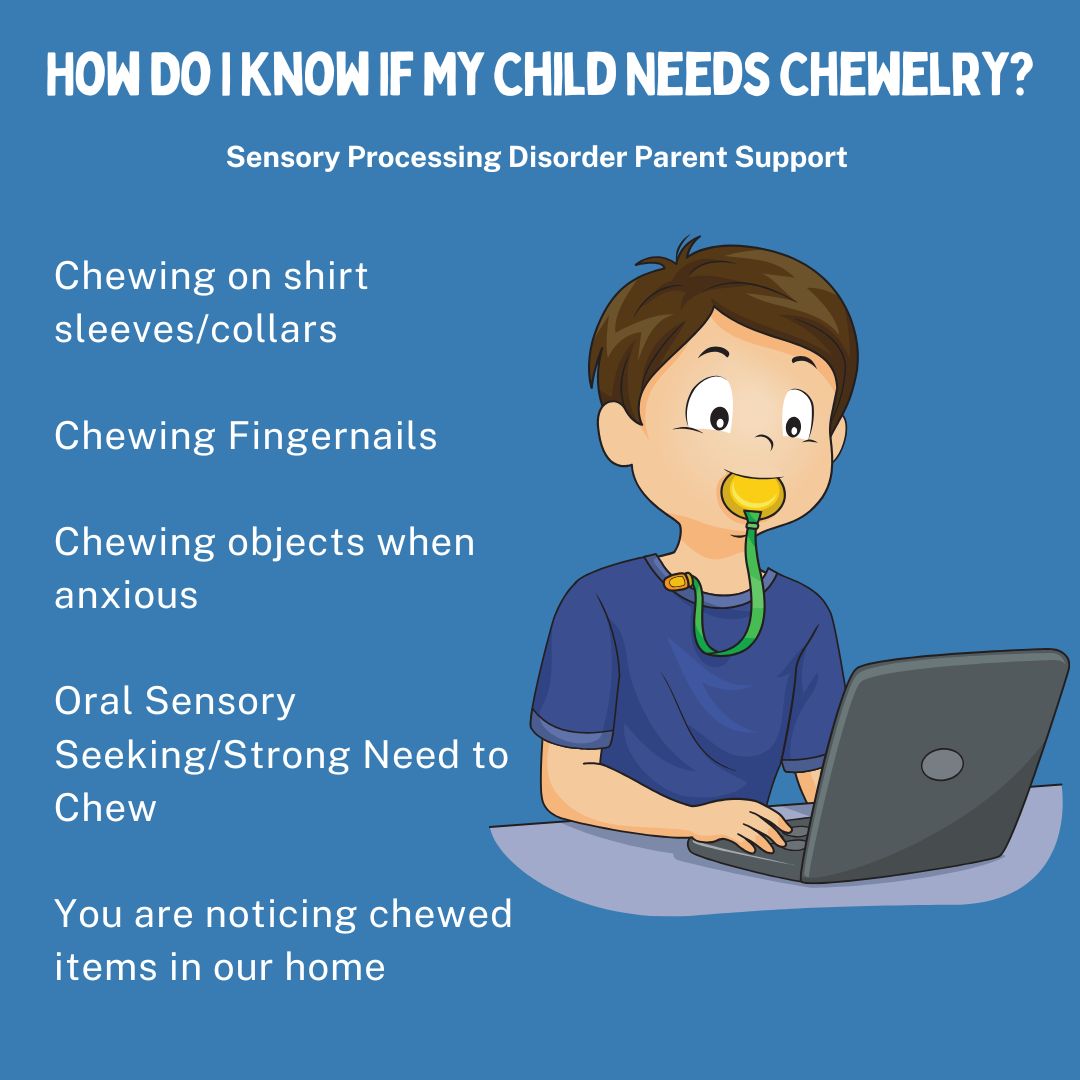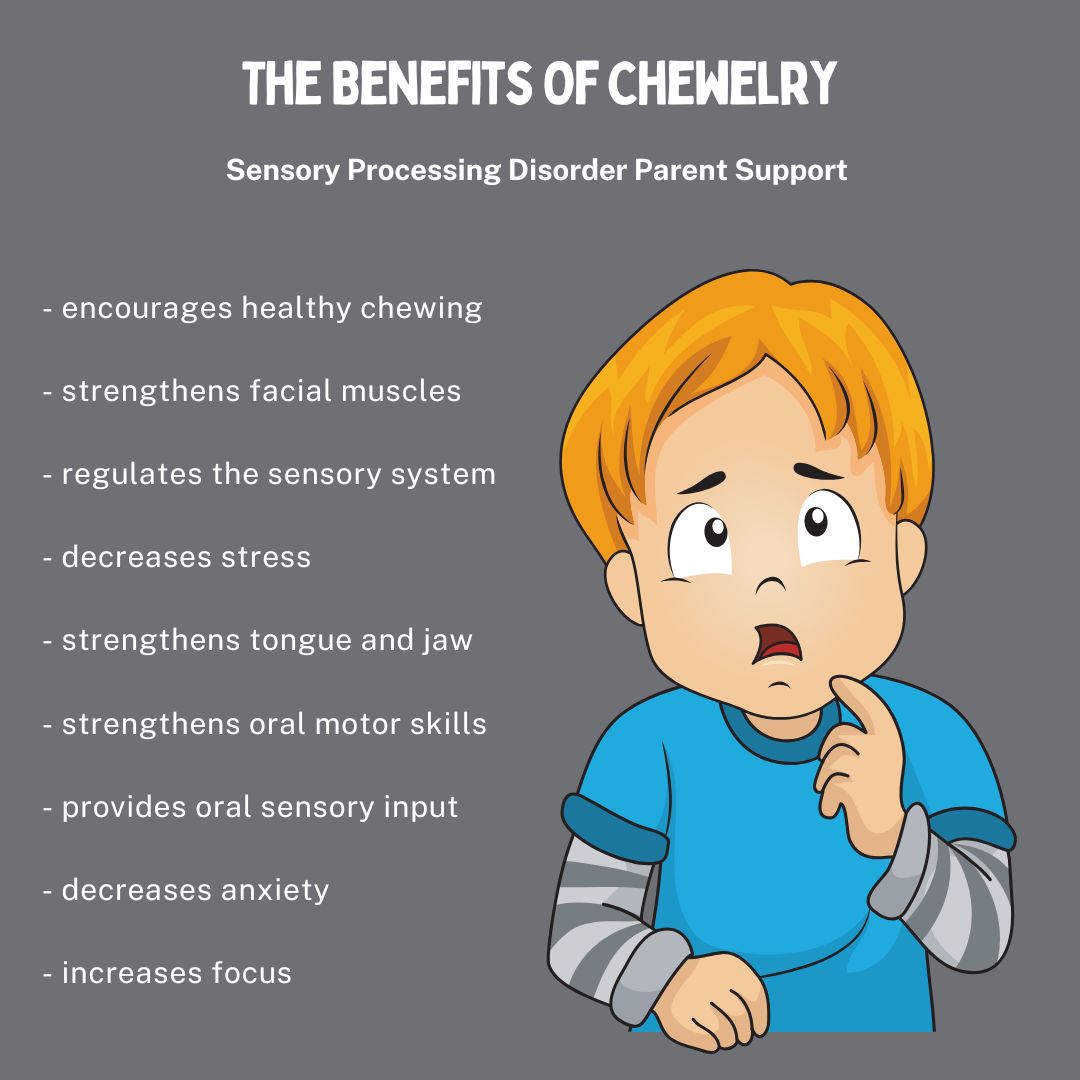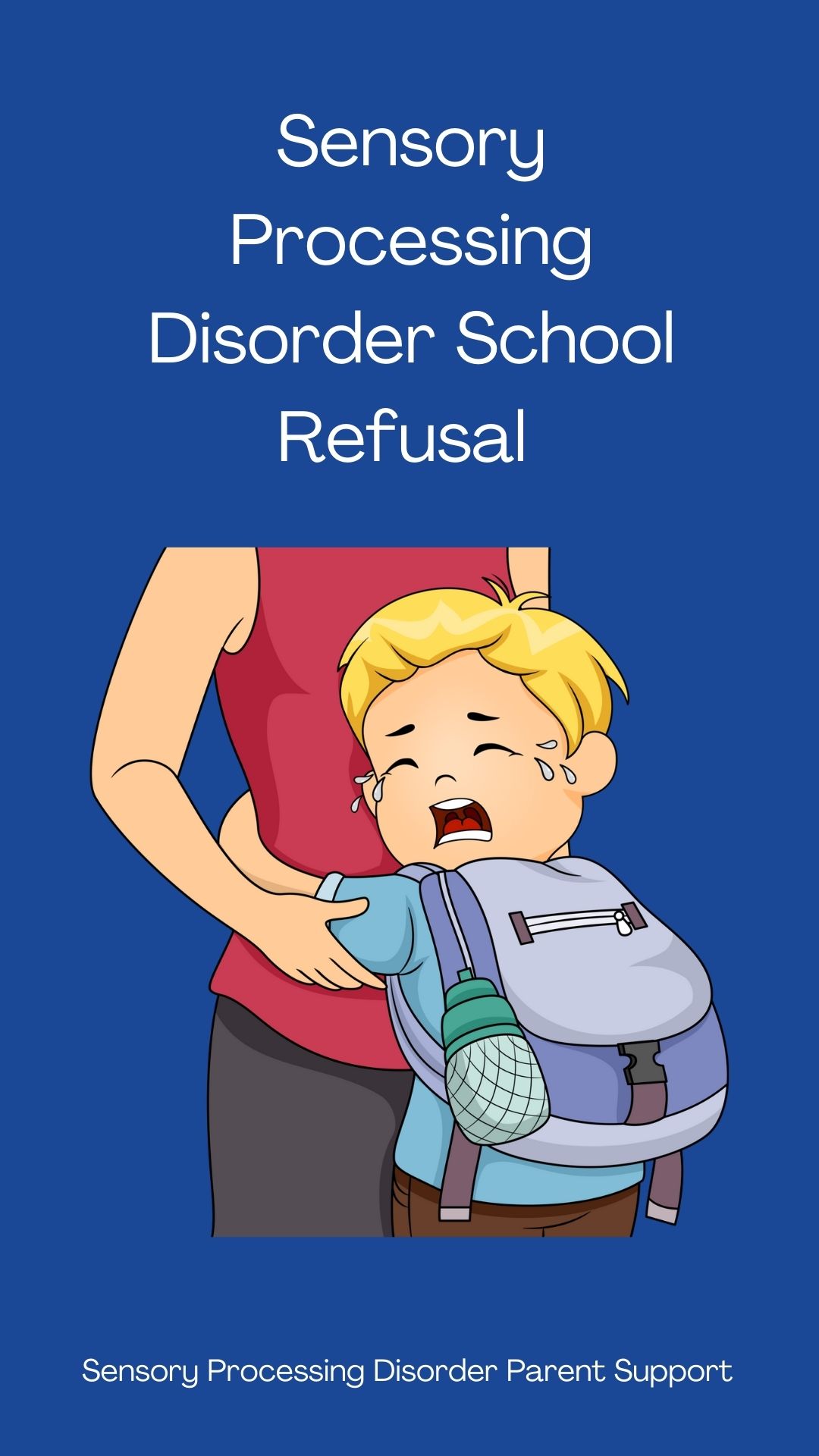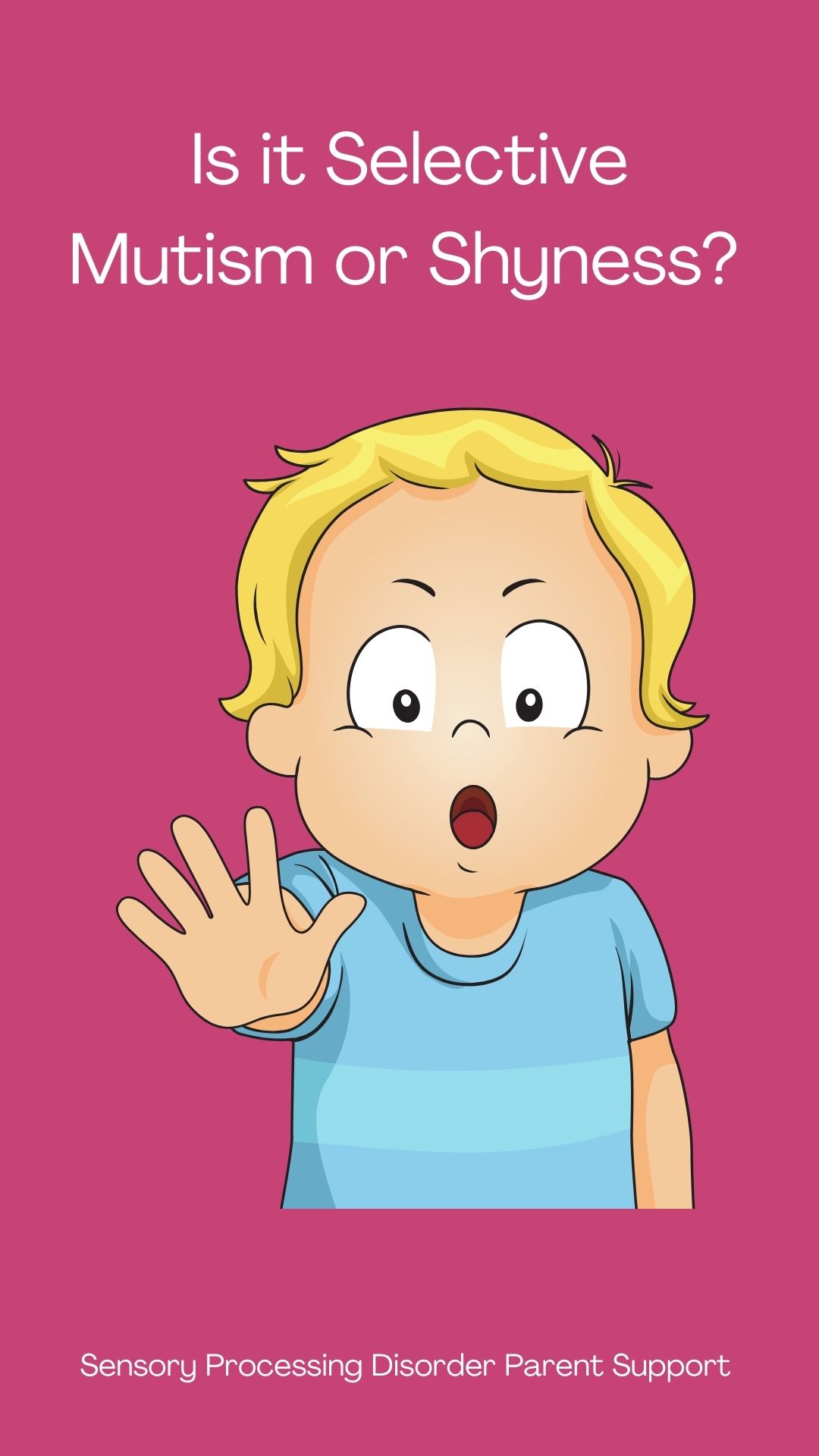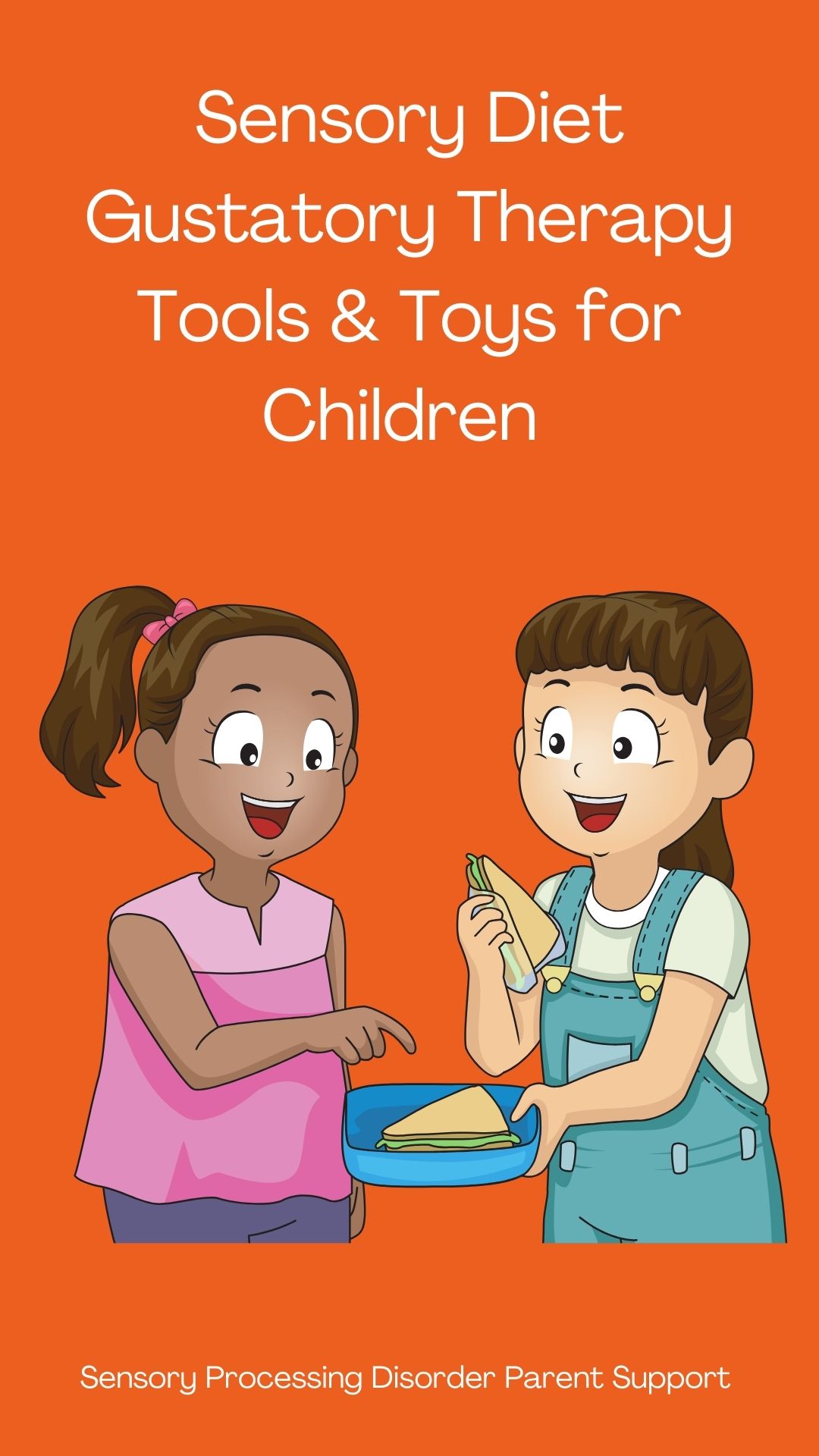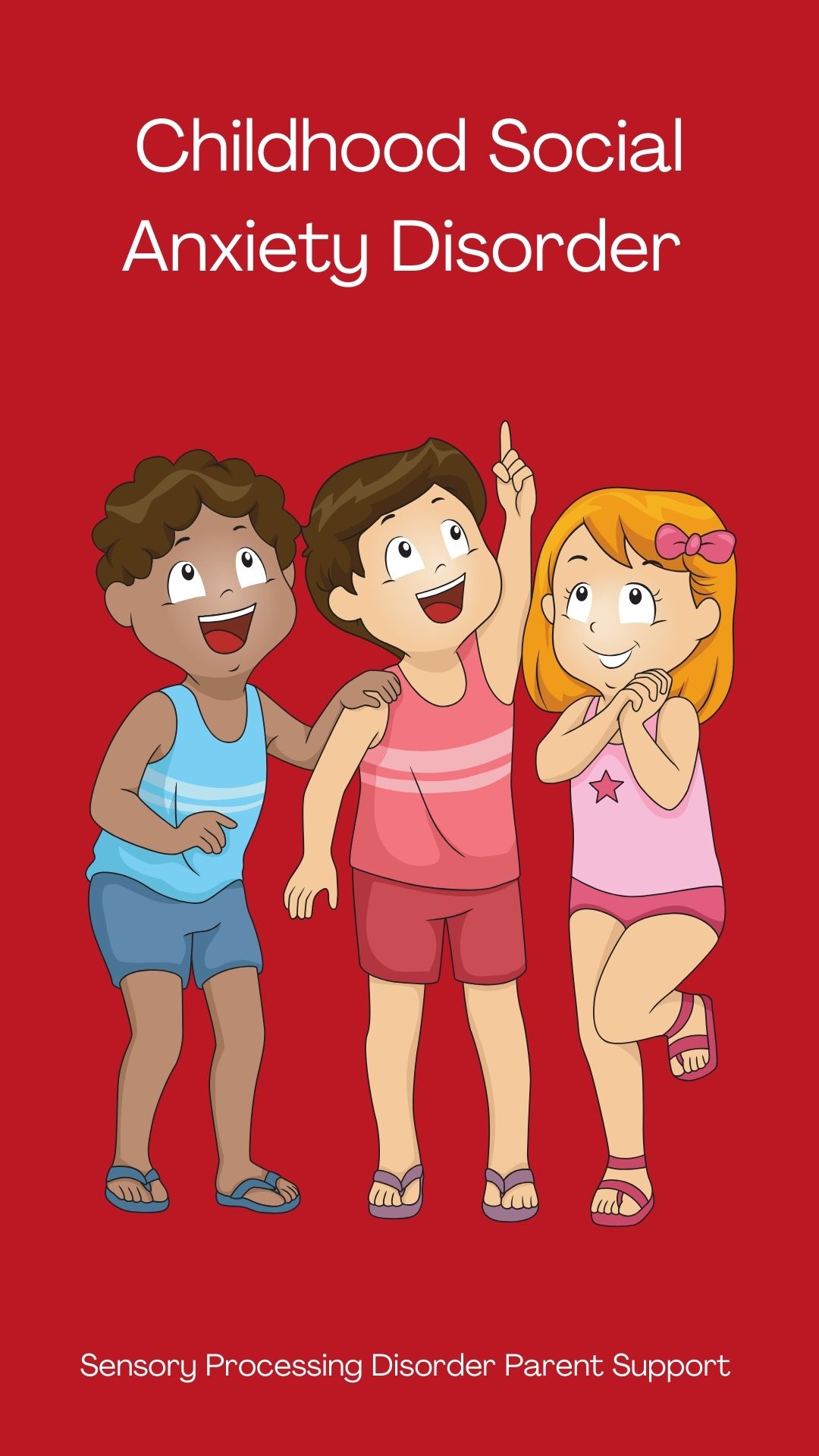
Sensory Processing Disorder Parent Support
Sensory Processing & Autism Chewelry Chew Tools
Children with sensory differences ... painting the world beautiful.
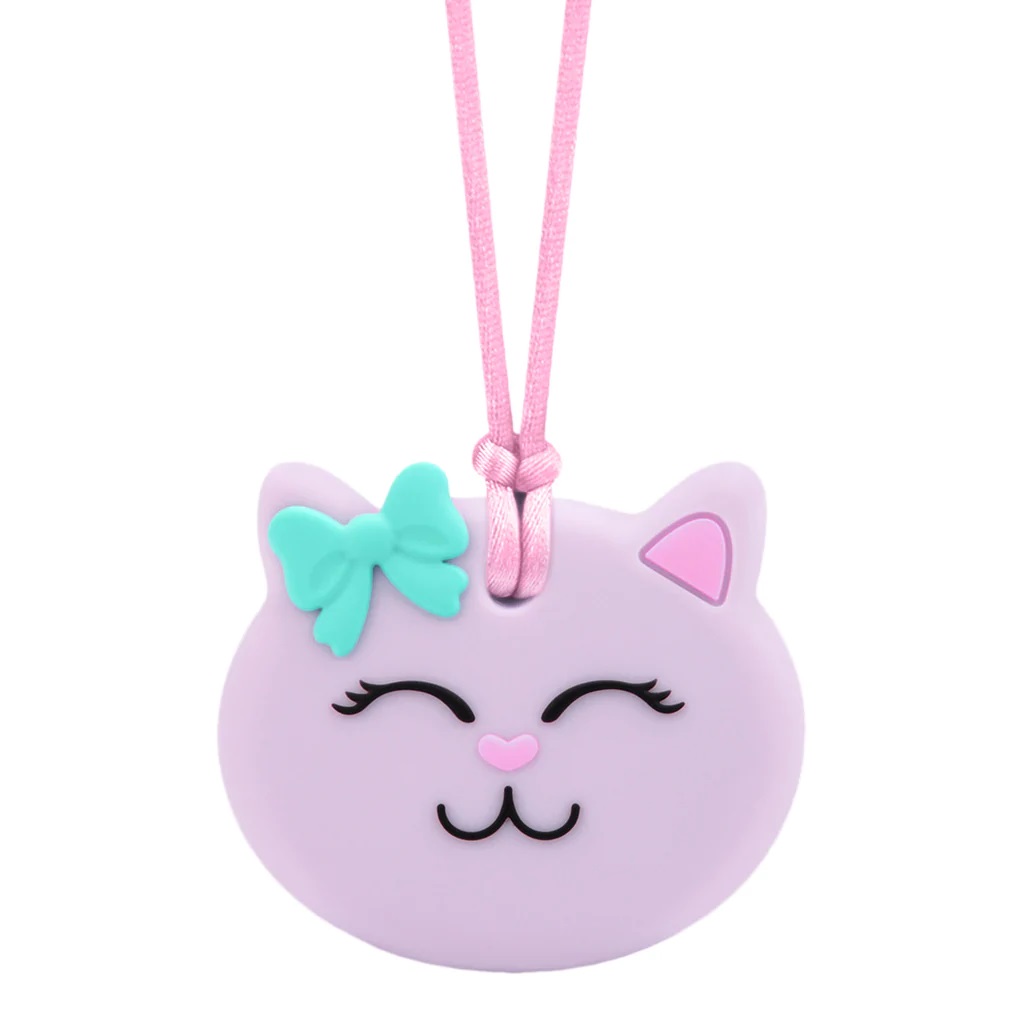
Munchables Chewelry
Munchables Cat Chewelry Necklace
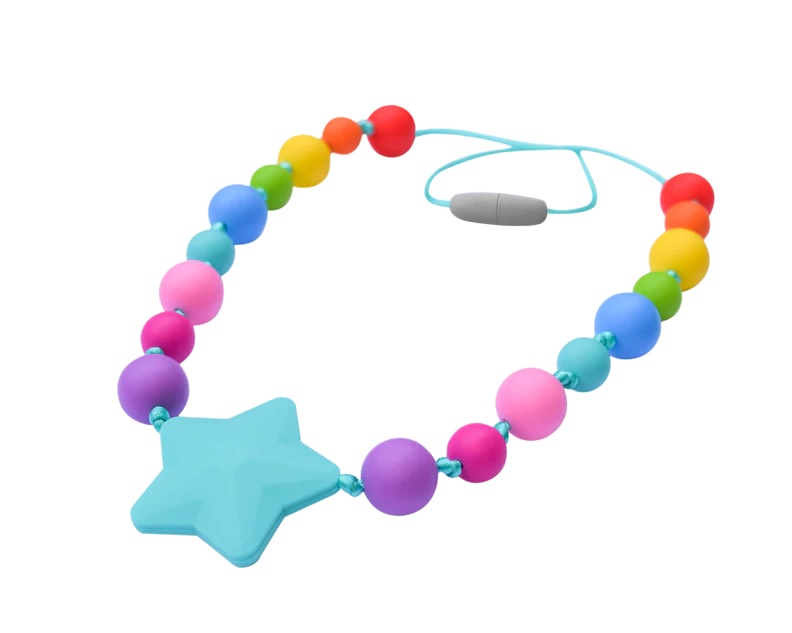
Munchables Chewelry
Rainbow Starlight Chewelry Necklace
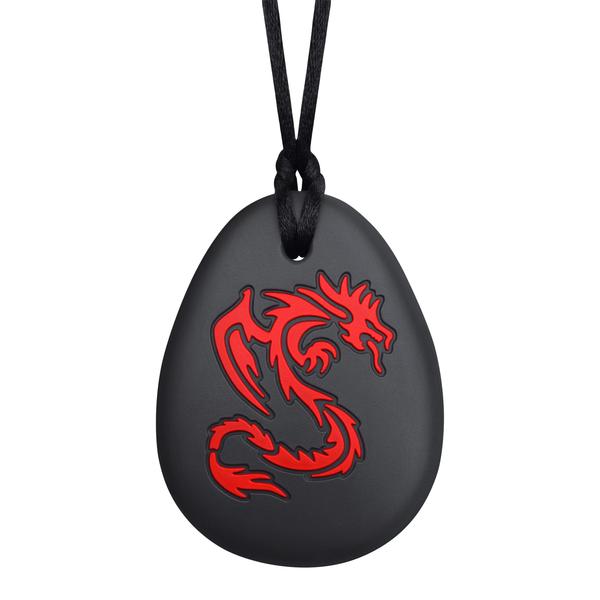
Munchables Chewelry
Munchables Dragon Pendant Necklace
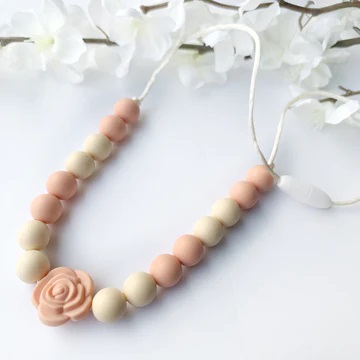
Gummy Chic
Boho Chew Sensory Bead Necklace
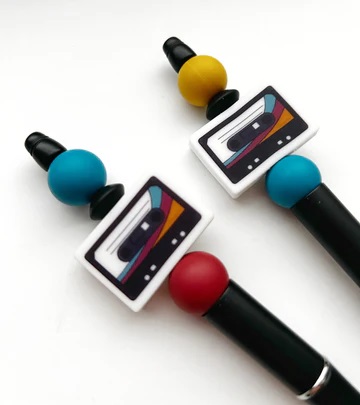
Gummy Chic
Beaded Pen Cassette Tape
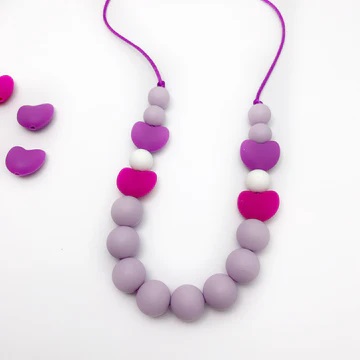
Gummy Chic
Love Sensory Chewelry Necklace
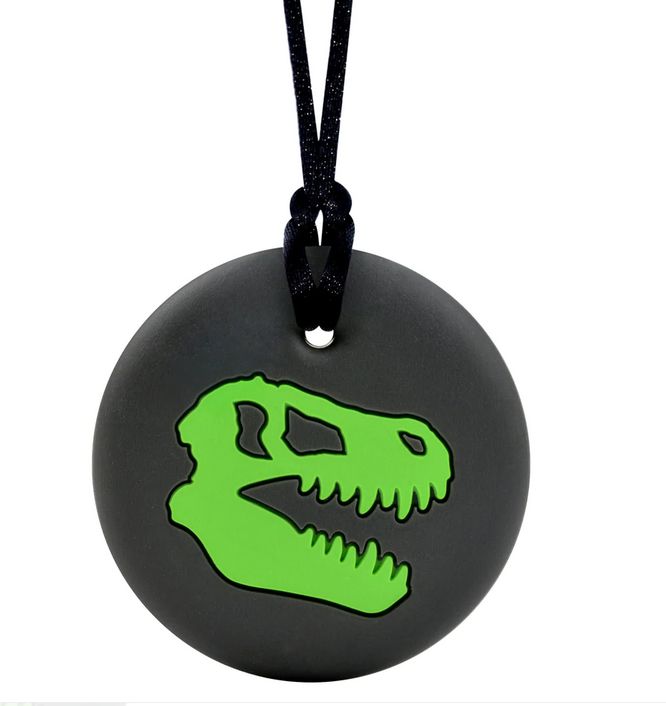
Munchables Chewelry
Dino Skull Chew Pendant
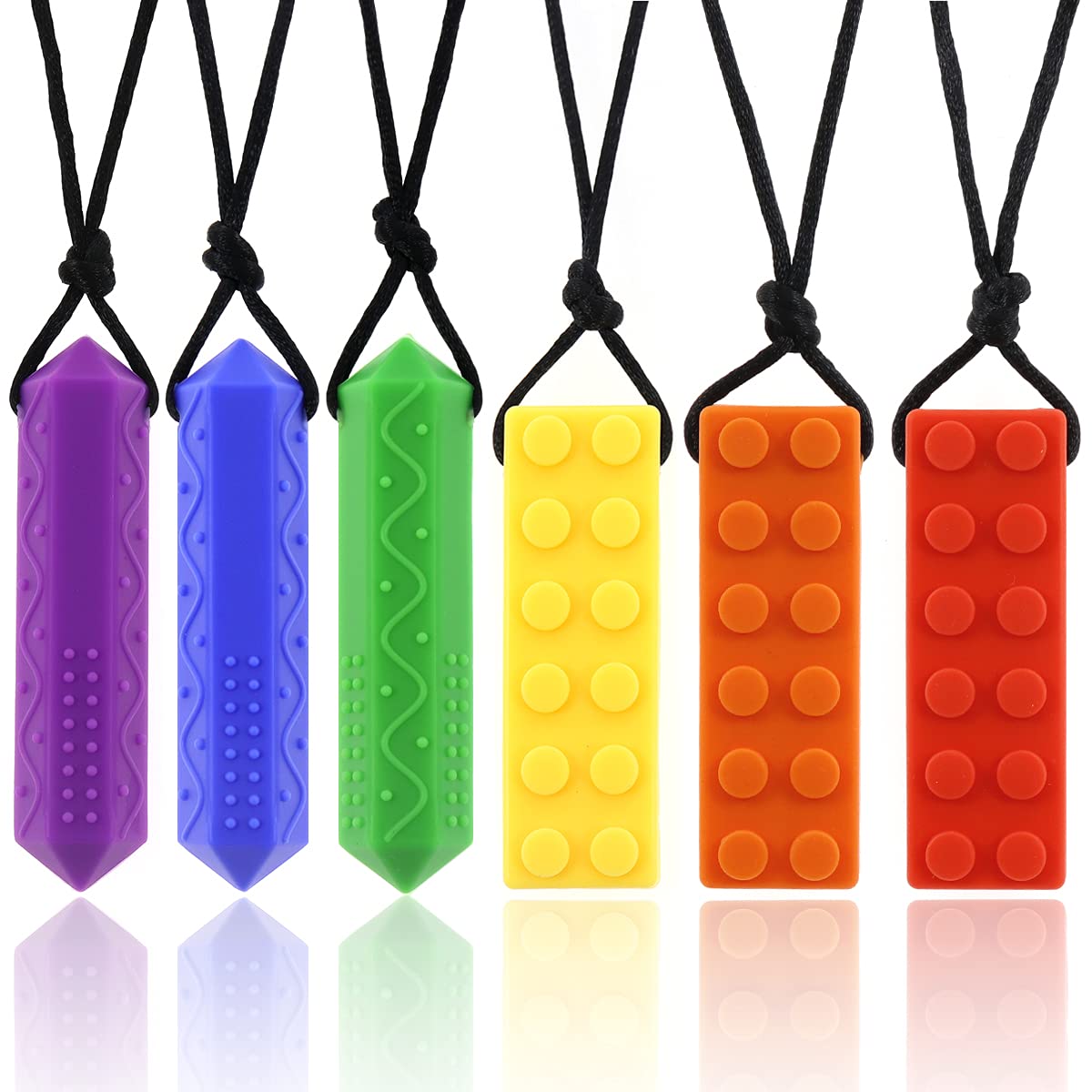
Amazon
6 pack Sensory Chew Necklace Pack
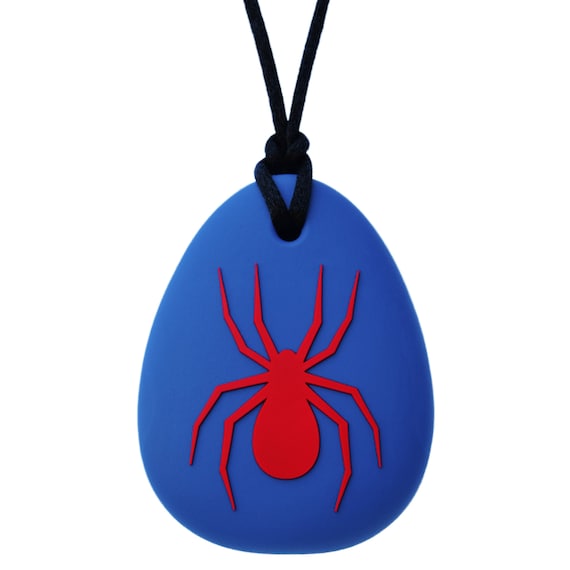
Munchables Chewelry
Munchables Spider Sensory Chew Necklace
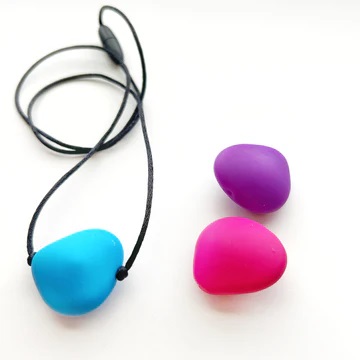
Gummy Chic
Bubbles Sensory Pendant Chewelry Necklace
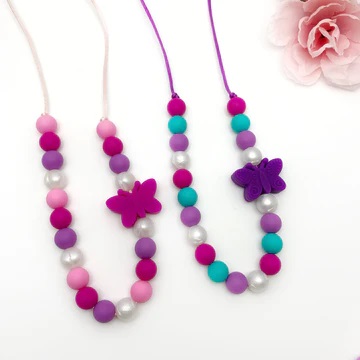
Gummy Chic
Butterfly Sensory Chew Necklace
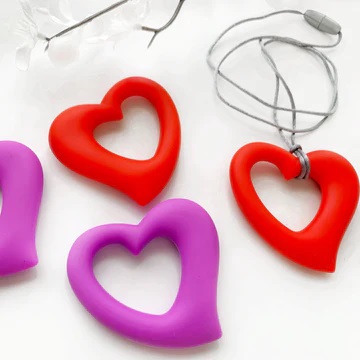
Gummy Chic
Unicorn Chew Necklace
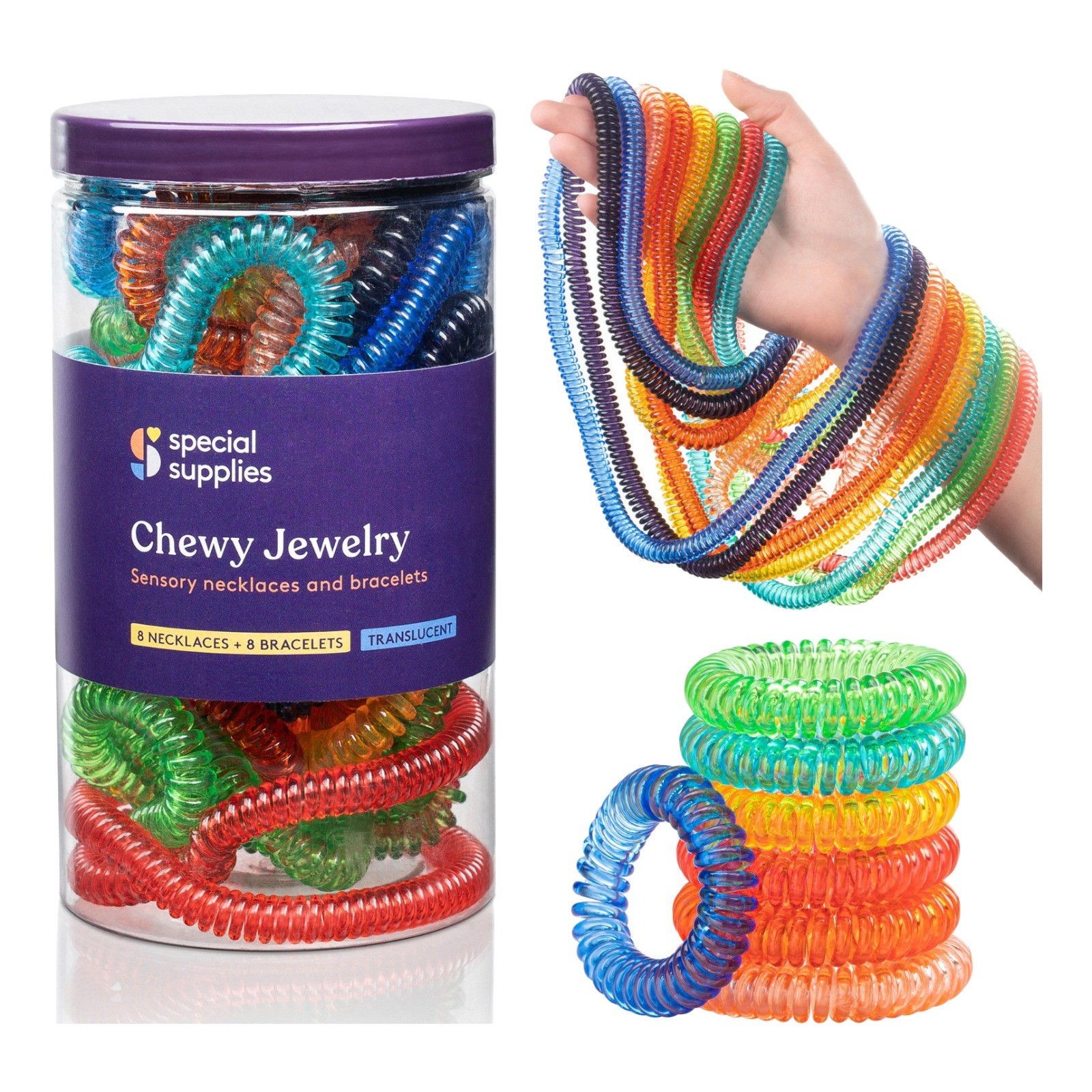
Special Supplies
Chewy Sensory Necklaces and Bracelets
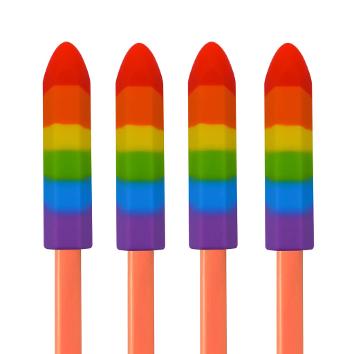
Munchables Chewelry
Crystal Chew Pencil Toppers
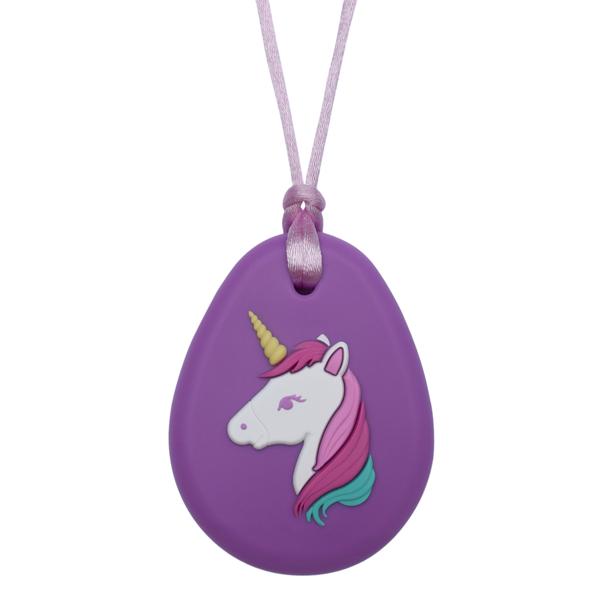
Munchables Chewelry
Unicorn Chew Necklace
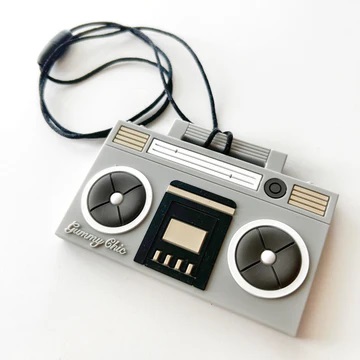
Gummy Chic
Boom Box Sensory Chew Pendant Necklace
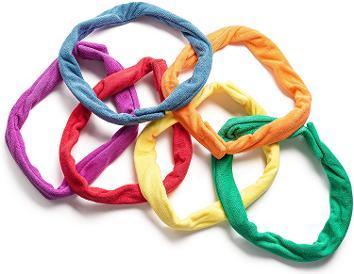
Amazon
6 Pack Terry Cloth Absorbent Chew necklaces

Special Supplies
Chewy Block Sensory Chew Pencil Toppers
